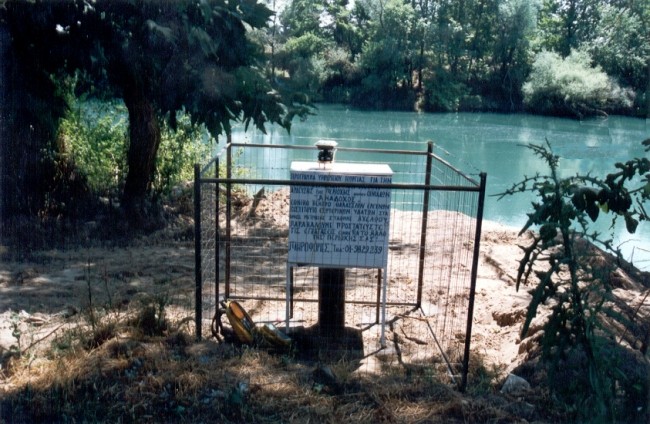The aim of this study was twofold: a) a desk study focused on the assessment and interpretation of Acheloos River water quality and its temporal trends based on time-series of the Ministry of Agriculture and b) a detailed study, with extended field working, monitoring and modeling, focused on the apportion of point and non-point pollution pressures, and specifically of the contribution of agriculture to surface and ground water pollution in the lower Acheloos River basin.
The project was funded by the Ministry of Agriculture. The first part of the project focused on the assessment of the hydrochemical and qualitative character of the river and on the factors and processes controlling a) spatiotemporal hydrochemical variations, b) the exceedance of environmental standards, and c) long-term qualitative trends. The second part of the project was assigned to HCMR in order to develop and apply know-how on the quantification of environmental impacts related to agricultural activities. Within this part of the project, results of automatic and conventional monitoring of hydrometeorological and water quality parameters of rainwater, river water, irrigation and drainage channels, springs, wells and drillings (that were carried out for the purposes of the project), were combined with modeling approaches by using hydrological and nutrient budget models as well as river basin and groundwater models (HSPF and MODFLOW).
The main finding of this project was that agriculture and cattle breeding were the two dominant land uses that introduce about 32% and 7% respectively of the nitrogen loads in the area, whereas denitrification processes appear to be a prevalent mechanism that reduces nitrogen in surface water runoff.

